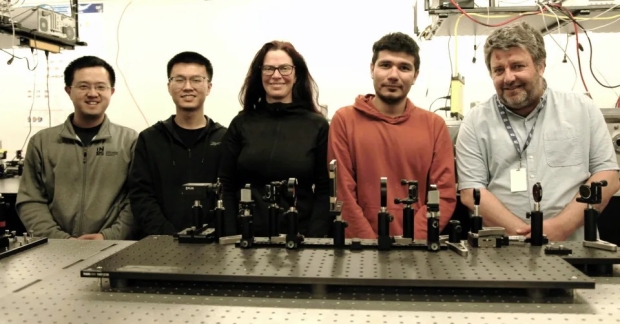The more frames per second, the more a viewer can see, but what if the frames per second reached the trillions? How slow can slow motion actually be?

A team of researchers has decided to answer that question by creating a new scientific camera called SCARF, which stands for Swept-Coded Aperture Real-time Femtophotography. The creation of this camera has been detailed in a new study published in the esteemed scientific journal Nature, where research led by Professor Jinyang Liang of Canada's Institut national de la recherche scientifique (INRS), who is known for breakthroughs in high-speed cameras, explained that traditional frame-by-frame capturing techniques has its limitations.
"For example, phenomena such as femtosecond laser ablation, shock-wave interaction with living cells, and optical chaos cannot be studied this way," Liang said.

To overcome these challenges, Liang's team built a new camera that uses a computational imaging modality that is designed to capture spatial information. The camera achieves this by letting light enter its sensor at slightly different times, enabling the camera to capture at 156.3 trillion frames per second. The data the camera captures is then injected into a computer algorithm for decoding, which pinpoints each of the time-staggered inputs and then transforms it into complete pictures.
"Its imaging modality enables ultrafast sweeping of a static coded aperture while not shearing the ultrafast phenomenon. This provides full-sequence encoding rates of up to 156.3 THz to individual pixels on a camera with a charge-coupled device (CCD). These results can be obtained in a single shot at tunable frame rates and spatial scales in both reflection and transmission modes," explained INRS communication officer Julie Robert
Notably, the team was able to create SCARF using "off-the-shelf and passive optical components" and described the extremely high-speed camera as low-cost, low power consumption, and high measurement quality.




